Home>Garden Essentials>What Temperature Does Cool Turf Grass Grow Best
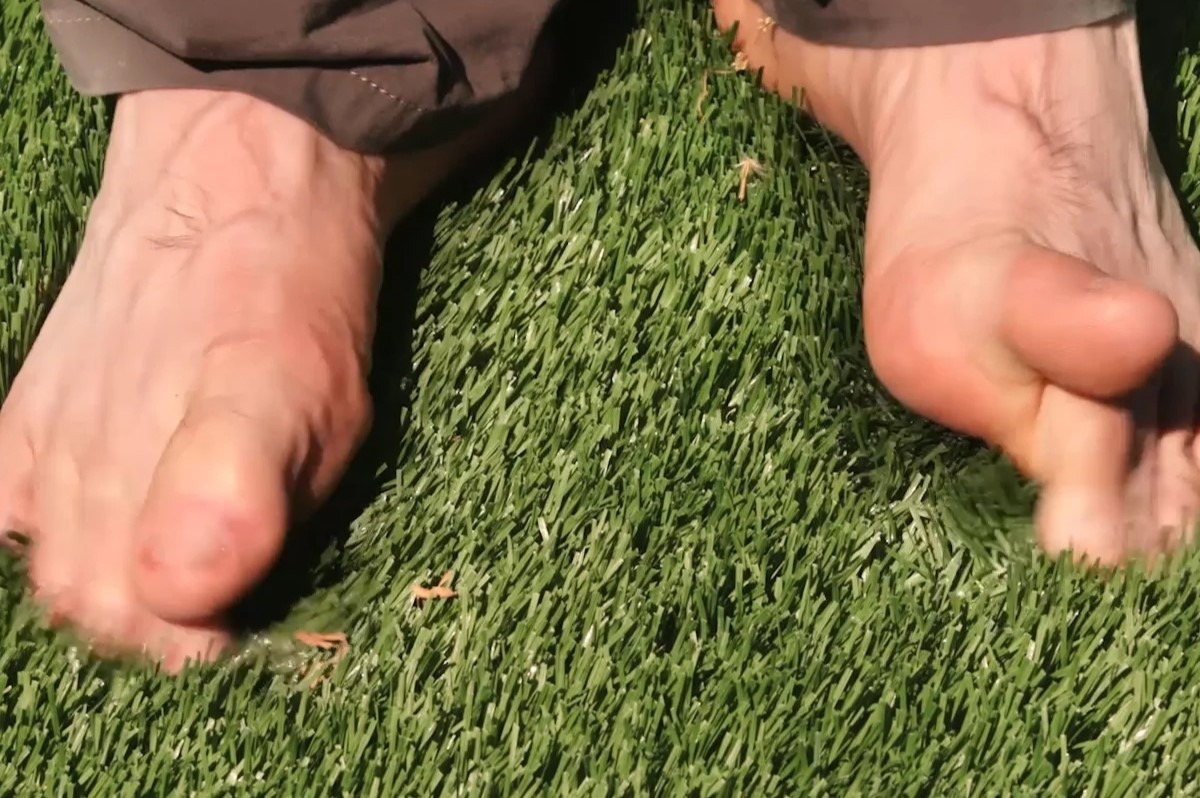

Garden Essentials
What Temperature Does Cool Turf Grass Grow Best
Modified: September 2, 2024
Discover the optimal temperature for cool turf grass growth in your garden. Find out how to create the ideal conditions for lush and healthy grass.
(Many of the links in this article redirect to a specific reviewed product. Your purchase of these products through affiliate links helps to generate commission for Storables.com, at no extra cost. Learn more)
Introduction
Welcome to the world of gardening! Whether you are a seasoned gardener or just starting out, understanding the needs of your plants is crucial for successful cultivation. When it comes to turf grass, one of the most important factors to consider is temperature. Different types of turf grass thrive in different temperature ranges, and knowing their optimal growing conditions can help you achieve a lush, green lawn.
In this article, we will explore the optimal temperature for cool season turf grass, the effects of temperature extremes on turf grass growth, and how to choose the right type of turf grass for different temperature conditions. We will also provide some best practices for maintaining cool season turf grass at its optimal temperature. So, put on your gardening gloves and let’s dive in!
Before we go any further, let’s quickly understand the factors that affect turf grass growth. While temperature is a key factor, it is influenced by other environmental elements such as sunlight, moisture, and soil conditions. Understanding these factors and their interplay will help you create the ideal conditions for your turf grass to thrive.
Key Takeaways:
- Cool season turf grass, like Kentucky bluegrass and tall fescue, thrives in temperatures between 60°F and 75°F. Understanding this range helps maintain a lush, green lawn.
- Extreme temperatures can impact turf grass growth. High temperatures can cause drought stress and increased weed growth, while low temperatures can lead to winter dormancy and frost damage.
Factors Affecting Turf Grass Growth
Several factors play a crucial role in the growth and development of turf grass. These factors not only determine the overall health and appearance of your lawn but also influence its ability to withstand environmental stressors. Here are some of the key factors that affect turf grass growth:
- Temperature: Temperature is one of the most significant factors influencing turf grass growth. Different types of turf grass have different temperature preferences. Cool season turf grasses, such as Kentucky bluegrass and fescue, prefer temperatures between 60°F and 75°F (15°C to 24°C), while warm-season grasses, like Bermuda grass and St. Augustine grass, thrive in temperatures between 80°F and 95°F (27°C to 35°C).
- Light: Like all plants, turf grass requires adequate sunlight to carry out photosynthesis, the process by which they convert sunlight into energy. Most turf grass species prefer full sun, which is defined as at least six hours of direct sunlight per day. However, some varieties, such as fine fescue, can tolerate partial shade.
- Moisture: Water is vital for the growth and survival of turf grass. It helps transport nutrients and provides turgidity to the plants. Moisture requirements vary depending on the turf grass species, but in general, it is important to provide consistent and sufficient irrigation to keep the soil moist but not waterlogged.
- Soil Conditions: The quality and composition of the soil have a significant impact on turf grass growth. Turf grasses thrive in well-drained soils with a good balance of organic matter, water-holding capacity, and nutrient availability. Conducting a soil test can help determine the specific needs and any necessary amendments.
- Nutrition: Turf grasses require a balanced supply of essential nutrients for healthy growth. Nitrogen, phosphorus, and potassium are the primary macronutrients needed in larger quantities, while micronutrients like iron, manganese, and zinc are necessary in smaller amounts. Regular fertilization and proper soil management practices help ensure adequate nutrient availability.
By considering and managing these factors, you can create an environment that promotes optimal turf grass growth and ensures a vibrant, healthy lawn.
Optimal Temperature for Cool Season Turf Grass
Cool season turf grasses are a popular choice for lawns in regions with cooler climates. These grasses thrive in temperatures that are typically found in spring and fall, making them well-suited for areas with mild summers and cold winters. Understanding the optimal temperature range for cool season turf grass will help you provide the best care for your lawn.
The optimal temperature range for cool season turf grass is typically between 60°F and 75°F (15°C to 24°C). Within this temperature range, cool season grasses like Kentucky bluegrass, perennial ryegrass, and tall fescue experience optimal growth and development.
During the spring and fall seasons when temperatures are within the optimal range, cool season turf grasses experience more active growth. The cool temperatures provide favorable conditions for root growth, nutrient absorption, and the production of new shoots. This results in a thick, lush lawn with vibrant green color.
However, it is important to note that cool season grasses can tolerate a broader temperature range and may still survive outside the optimal temperature range. In the summer, when temperatures rise above 75°F (24°C), cool season grasses may enter a period of dormancy to conserve water and energy. This dormancy is a natural response to prevent stress and damage caused by heat and drought.
During the winter, when temperatures drop below freezing, cool season turf grasses exhibit slowed growth and may even go dormant. However, they can still maintain their color and provide some coverage during the winter months, especially in milder climates.
To ensure the optimal growth of cool season turf grass, it is essential to provide proper irrigation and regular mowing. Water deeply and infrequently to encourage deep root growth and avoid overwatering, which can promote diseases. Mowing at the appropriate height will help maintain the vigor and density of the grass.
In regions with extreme temperature fluctuations or with particularly hot summers, it may be necessary to provide additional care and protection to cool season turf grass. This can include shade structures, proper irrigation scheduling, and selecting heat-resistant cultivars within the cool season grass species.
By understanding the optimal temperature range and providing the necessary care, you can enjoy a vibrant, healthy cool season turf grass lawn throughout the year.
Effects of Temperature Extremes on Turf Grass Growth
Turf grasses are resilient plants that can withstand a range of temperatures, but extreme highs and lows can have a significant impact on their growth and health. Understanding the effects of temperature extremes on turf grass will help you better care for your lawn and mitigate any potential damage.
High Temperatures:
When temperatures soar above the optimal range for turf grass growth, several issues can arise:
- Drought Stress: High temperatures increase the evaporation rate, causing the soil to dry out more quickly. This can lead to drought stress in turf grass, resulting in wilted, yellowing, or brown patches. Proper irrigation and deep watering can help mitigate the effects of heat stress.
- Heat Stress: Excessive heat can cause heat stress in turf grass, especially if combined with high humidity. This stress can manifest as yellowing, thinning, or even death of the grass. Reducing foot traffic, mowing during cooler parts of the day, and providing adequate moisture can help alleviate heat stress.
- Increased Weed Growth: Weeds, such as crabgrass and broadleaf weeds, thrive in hot conditions. When turf grass is weakened by heat stress, weeds can quickly invade and take over the lawn. Proper maintenance, including regular mowing, weed control, and healthy turf grass growth, can help prevent weed infestations.
- Reduced Growth: Extremely high temperatures can inhibit the growth of turf grass. In some cases, cool season grasses may go dormant to conserve energy and survive the heat stress. Adequate irrigation, periodic fertilization, and providing shade during the hottest parts of the day can minimize growth reduction.
Low Temperatures:
On the other end of the temperature spectrum, low temperatures can also impact turf grass growth:
- Winter Dormancy: Cool season grasses may enter a period of dormancy when temperatures drop below freezing. While they may maintain some color and coverage, growth slows down significantly. Proper winterization practices, such as applying winter fertilizers and minimizing foot traffic, can help prepare the lawn for dormancy.
- Frost Damage: Repeated freeze-thaw cycles can cause frost damage to turf grass. Ice crystals forming within the plant cells can lead to cell damage and death. Avoid walking on frost-covered turf grass to prevent further damage and allow the grass to recover naturally.
- Winter Diseases: Some turf grass diseases, such as snow mold and pink snow mold, thrive in cold and wet conditions. Proper lawn maintenance, including fall clean-up, adequate drainage, and aeration, can help prevent the development of winter diseases.
- Winter Desiccation: Low temperatures combined with dry winter winds can result in winter desiccation, where the turf grass loses moisture faster than it can absorb it. This can lead to browning and damage to the grass. Applying a protective winter mulch and proper watering during dry periods can help prevent desiccation.
By being aware of the effects of temperature extremes on turf grass growth, you can implement appropriate measures to protect and care for your lawn. Regular observation, timely maintenance, and adapting to weather conditions will help ensure a healthy and resilient turf grass surface throughout the year.
Cool turf grass, such as Kentucky bluegrass and fescue, grows best in temperatures between 60-75°F. Keep this in mind when planning your lawn care schedule.
Choosing the Right Turf Grass for Different Temperatures
When it comes to selecting the right turf grass for your lawn, considering the temperature conditions in your region is crucial. Different turf grass species have varying temperature preferences and tolerances. Choosing the right turf grass for different temperatures will help ensure that your lawn thrives in its specific climate.
Warm-Season Grasses:
Warm-season grasses are typically suited for regions with hot summers and mild winters. They thrive in temperatures between 80°F and 95°F (27°C to 35°C) and may go dormant during colder months. Some popular warm-season grasses include Bermuda grass, Zoysia grass, and St. Augustine grass.
If you live in a warm climate, consider these warm-season grasses:
- Bermuda grass: Known for its excellent heat tolerance and ability to withstand heavy foot traffic, Bermuda grass is a popular choice in warmer regions. It thrives in full sun and has good drought tolerance.
- Zoysia grass: Zoysia grass is known for its dense, fine-textured growth and ability to tolerate both sun and shade. It performs well in hot temperatures and has good drought resistance.
- St. Augustine grass: St. Augustine grass is a popular choice for its lush, dense appearance and shade tolerance. It thrives in warm temperatures but requires regular watering.
Cool-Season Grasses:
Cool-season grasses, as the name suggests, are suited for regions with cooler climates and moderate summers. They perform best in temperatures between 60°F and 75°F (15°C to 24°C). Cool-season grasses include Kentucky bluegrass, tall fescue, and perennial ryegrass.
If you live in a region with cooler temperatures, consider these cool-season grasses:
- Kentucky bluegrass: Kentucky bluegrass is known for its high-quality appearance and ability to self-repair. It thrives in full sun but tolerates some shade and withstands cold temperatures well.
- Tall fescue: Tall fescue is a versatile turf grass known for its deep root system and ability to tolerate drought and shade. It performs well in moderate temperatures and has good wear resistance.
- Perennial ryegrass: Perennial ryegrass is valued for its fast germination and establishment, making it ideal for overseeding. It tolerates cool temperatures and provides a vibrant, green color.
Transition-Zone Grasses:
In regions with variable climates and fluctuating temperatures, choosing a grass that can adapt to both cool and warm conditions is essential. Transition-zone grasses are a mix of cool-season and warm-season grasses that can survive in moderate winters and tolerate hot summers. Some common transition-zone grasses include fine fescue, Zoysia grass, and turf-type tall fescue. These grasses provide a balance between temperature extremes and keep your lawn looking its best year-round.
By selecting the right turf grass for the temperature conditions in your region, you can establish a healthy and vibrant lawn that thrives despite the climate challenges it may face.
Read more: At What Temperature Grass Stops Growing
Best Practices for Maintaining Cool Season Turf Grass at Optimal Temperature
Maintaining your cool season turf grass at its optimal temperature requires a combination of proper care and attention. By following these best practices, you can ensure that your lawn stays healthy and lush throughout the growing season:
- Irrigation: Watering your lawn deeply and infrequently is key to promoting deep root growth and resilience. Water your turf grass early in the morning, allowing the blades to dry before evening. This reduces the risk of disease and promotes healthy growth.
- Mowing: Proper mowing height is essential for cool season turf grass maintenance. Set your mower blades to a height of 2.5 to 3.5 inches to encourage strong root development and shade the soil, reducing weed pressure. Avoid cutting too short, as this can stress the grass and make it more susceptible to diseases.
- Fertilization: Regular fertilization helps supply the necessary nutrients for optimal growth. Apply a slow-release nitrogen fertilizer in early spring and late fall, following the recommended application rates. Avoid over-fertilization, as this can lead to excessive growth and increase the risk of disease.
- Weed Control: Keeping weeds at bay is important to maintain the health and appearance of your lawn. Implement a regular weed control program, including pre-emergent herbicides in early spring and post-emergent herbicides as necessary. Follow label instructions carefully and use herbicides that are safe for your specific turf grass species.
- Aeration: Aerating your lawn helps alleviate soil compaction, improve water and nutrient absorption, and enhance root growth. Use a core aerator to remove small plugs of soil and allow air, water, and nutrients to penetrate the root zone. Aim to aerate once a year, ideally in early fall or spring.
- Overseeding: Overseeding helps rejuvenate thin or damaged turf grass areas. Choose a high-quality cool season grass seed that is suitable for your climate and soil conditions. Prepare the soil by removing debris and loosening the top layer, spread the seed evenly, and water as needed to promote germination and establishment.
- Soil Management: Regular soil testing is essential to determine the pH level and nutrient deficiencies in your soil. Adjust the pH if necessary through the application of lime or sulfur. Additionally, consider adding organic matter, such as compost, to improve soil structure, water-holding capacity, and nutrient retention.
- Pest and Disease Control: Monitor your lawn regularly for signs of pests, such as grubs or chinch bugs, as well as diseases like brown patch or dollar spot. Promptly address any issues with appropriate treatments, following the recommendations of a professional or local extension office if needed.
- Seasonal Maintenance: Finally, adapt your lawn care routine to the changing seasons. Perform fall clean-up to remove leaves, debris, and thatch that can smother the grass. Winterize your lawn by mowing slightly shorter, applying a winter fertilizer, and minimizing foot traffic during dormancy.
By implementing these best practices, you can create an optimal environment for your cool season turf grass to thrive. Consistent care and attention will result in a healthy, vibrant lawn that will be the envy of the neighborhood.
Conclusion
Temperature is a crucial factor in the growth and development of turf grass. Understanding the optimal temperature range for different types of grasses and the effects of temperature extremes is essential for maintaining a healthy and vibrant lawn. By selecting the right turf grass for your specific climate and following best practices for maintenance, you can ensure that your lawn thrives at its optimal temperature.
For cool season turf grass, such as Kentucky bluegrass, tall fescue, and perennial ryegrass, the optimal temperature range is typically between 60°F and 75°F (15°C to 24°C). These grasses experience active growth during spring and fall when temperatures are within this range. However, they can tolerate a broader temperature range and may go dormant during periods of extreme heat or cold.
It is important to consider other factors as well, including light, moisture, soil conditions, and nutrition, to create the ideal conditions for turf grass growth. Proper irrigation, mowing at the recommended height, regular fertilization, weed control, and soil management are essential for maintaining turf grass at its optimal temperature.
In regions with extreme temperature fluctuations, or in transitional zones where both warm and cool season grasses can be grown, additional measures may be necessary. Transition-zone grasses offer the ability to adapt to both cool and warm conditions, providing a balance between temperature extremes and maintaining a healthy lawn year-round.
By implementing best practices and adapting to seasonal changes, you can ensure that your lawn stays vibrant and resilient. Regular observations, timely maintenance, and addressing issues promptly will help keep your turf grass thriving and create a beautiful and enjoyable outdoor space for you and your family to enjoy.
So, arm yourself with the knowledge of optimal temperatures and caring for your turf grass, and watch as your lawn flourishes, transforming your outdoor space into a lush oasis for relaxation and enjoyment.
Frequently Asked Questions about What Temperature Does Cool Turf Grass Grow Best
Was this page helpful?
At Storables.com, we guarantee accurate and reliable information. Our content, validated by Expert Board Contributors, is crafted following stringent Editorial Policies. We're committed to providing you with well-researched, expert-backed insights for all your informational needs.
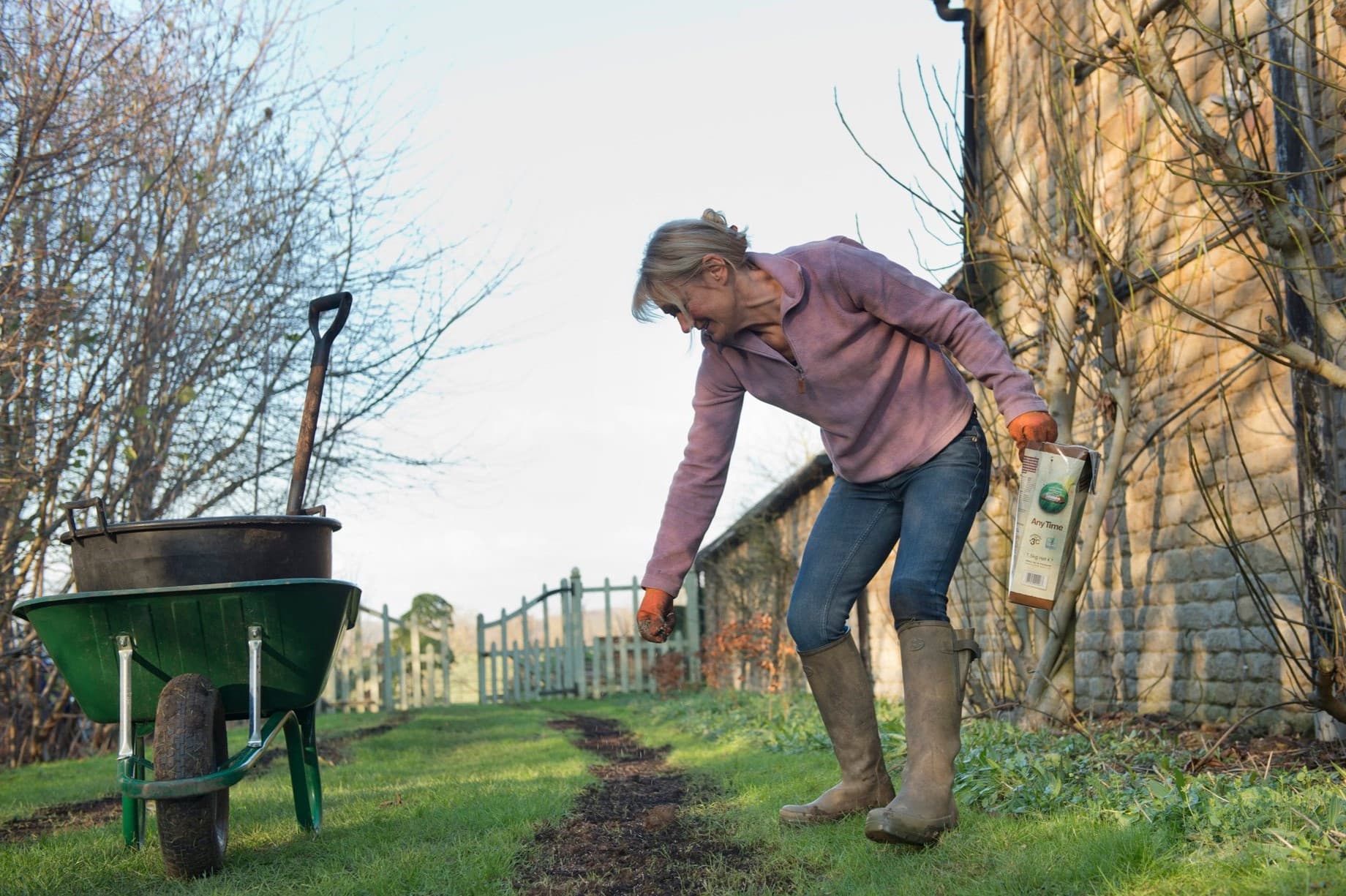
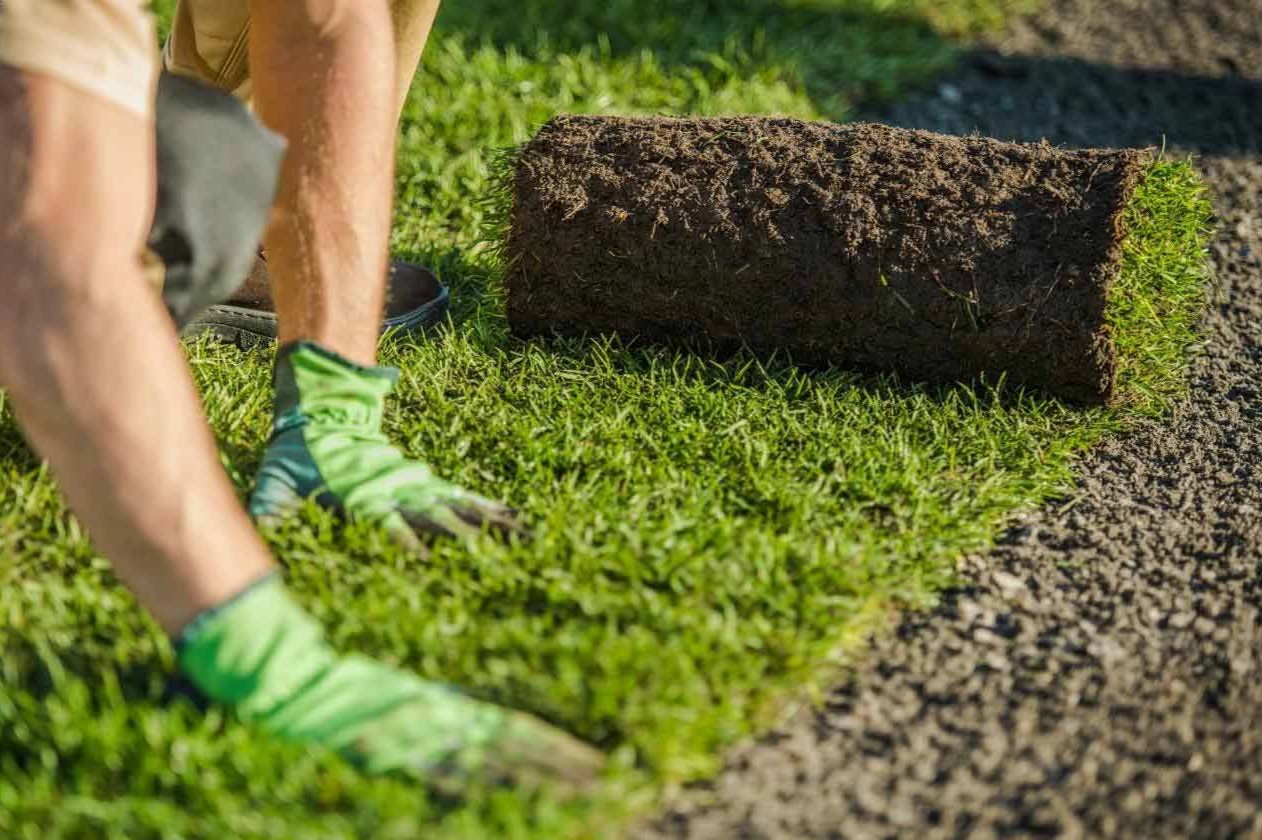
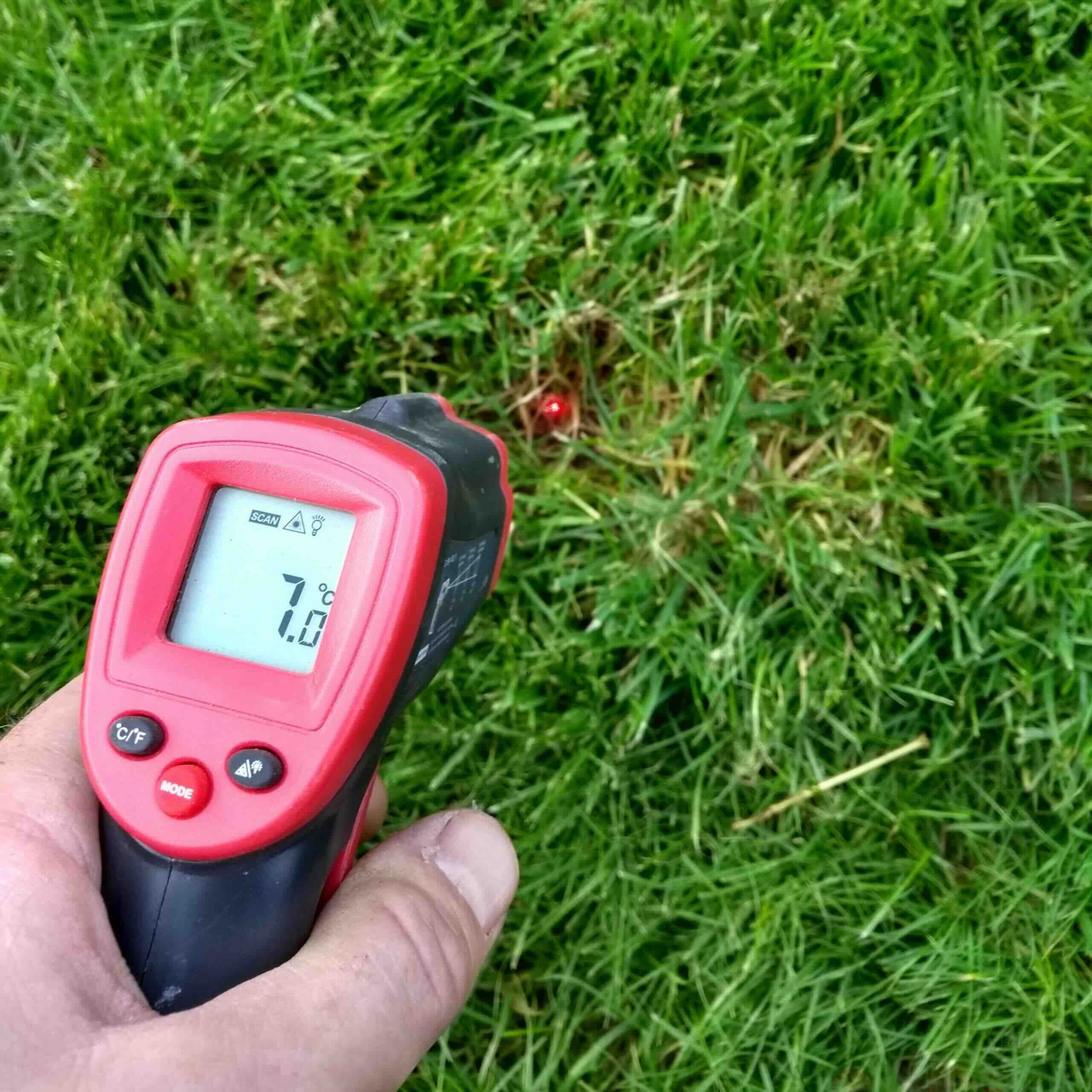
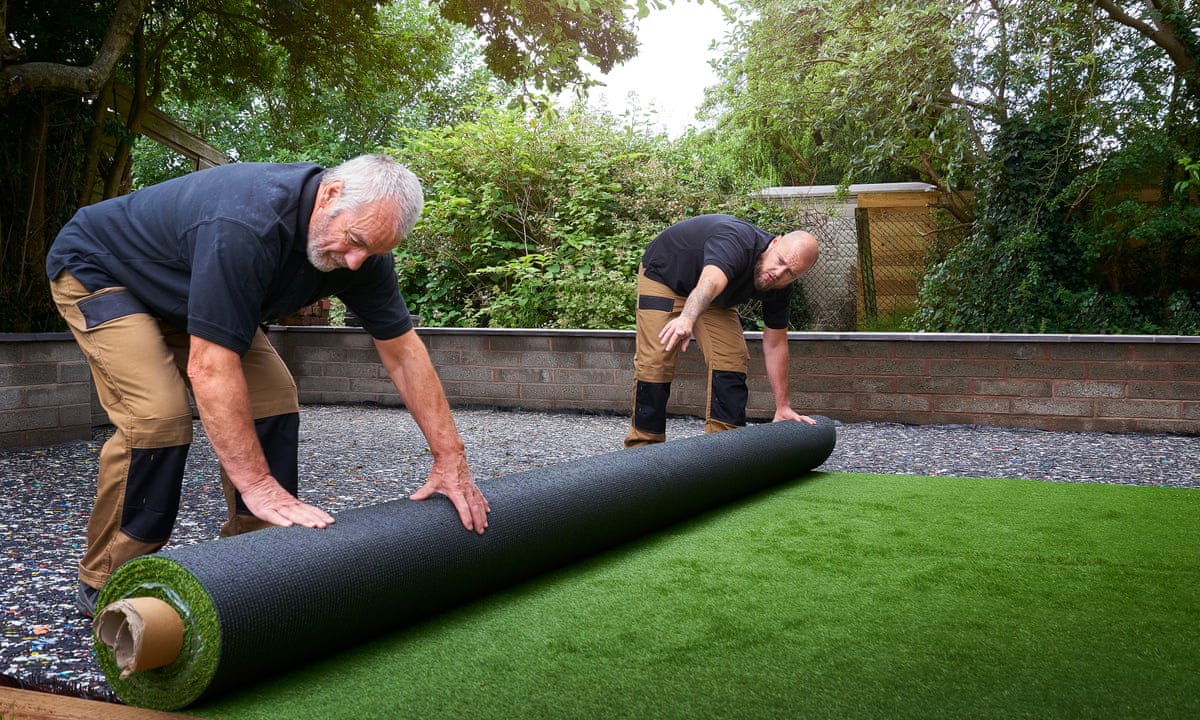
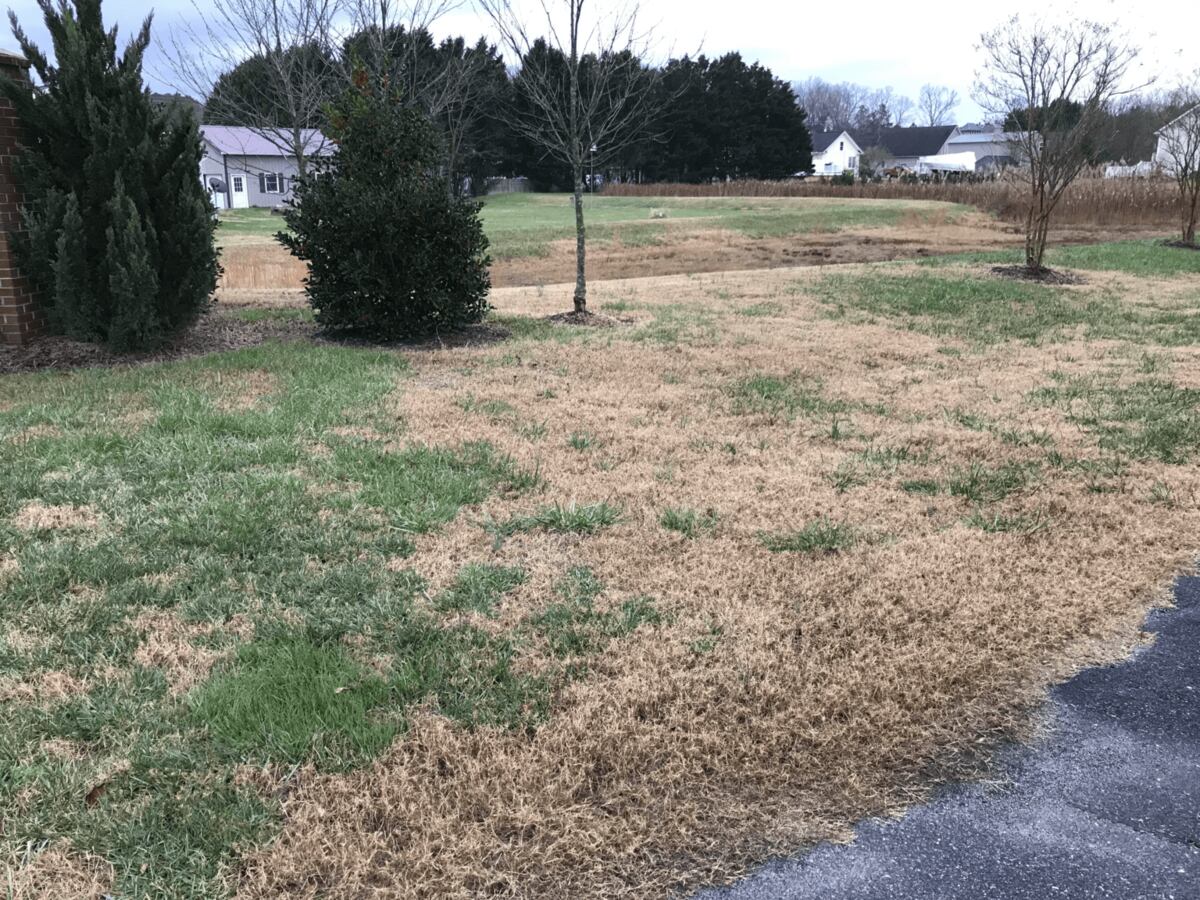
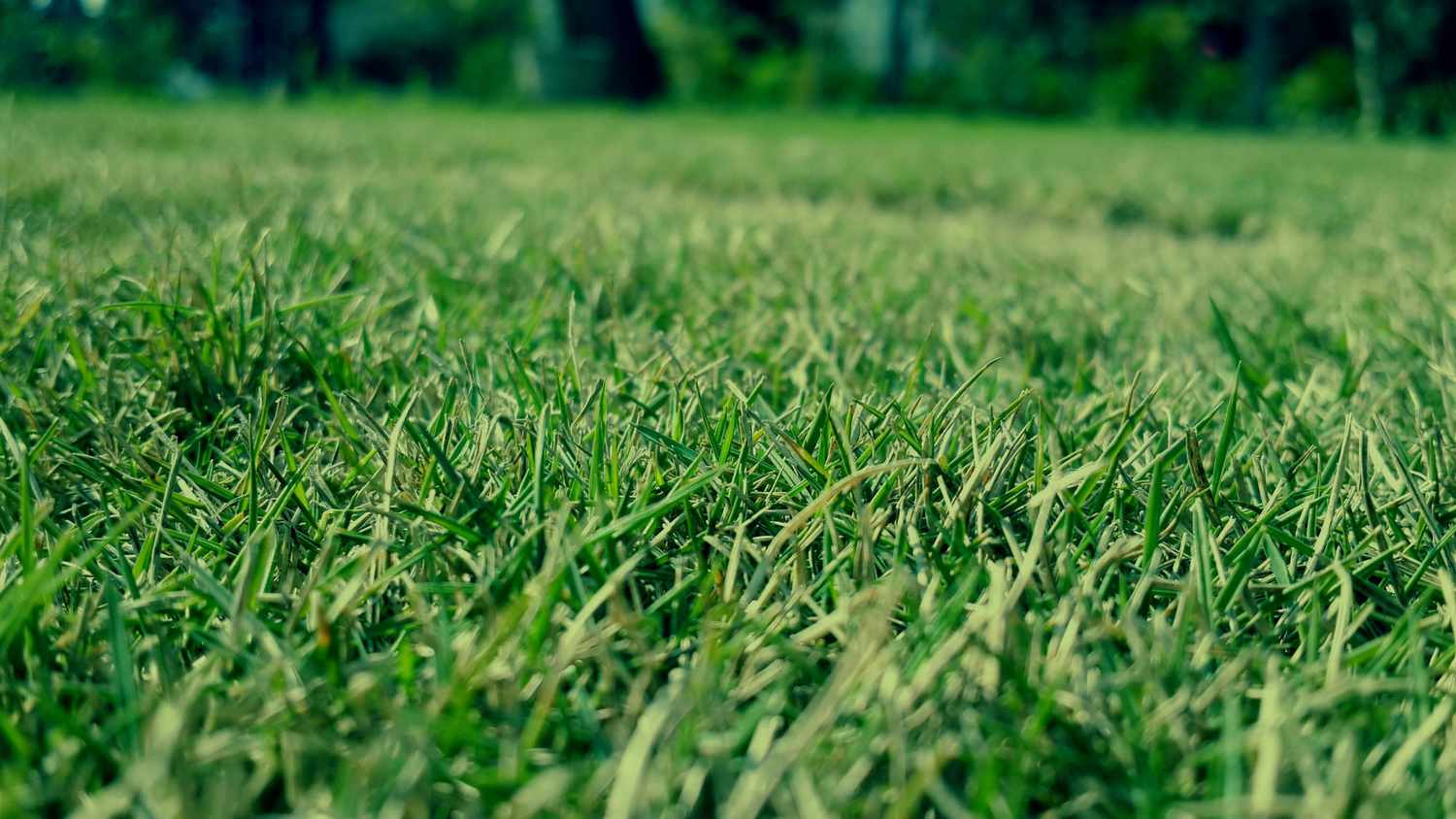


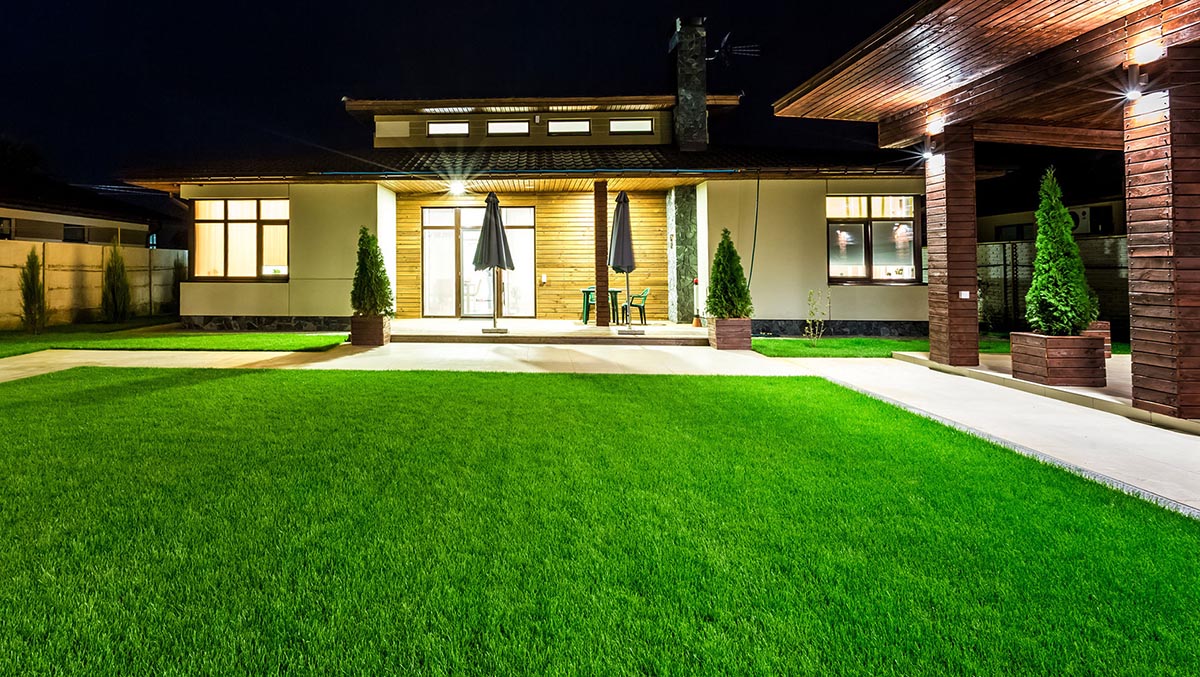

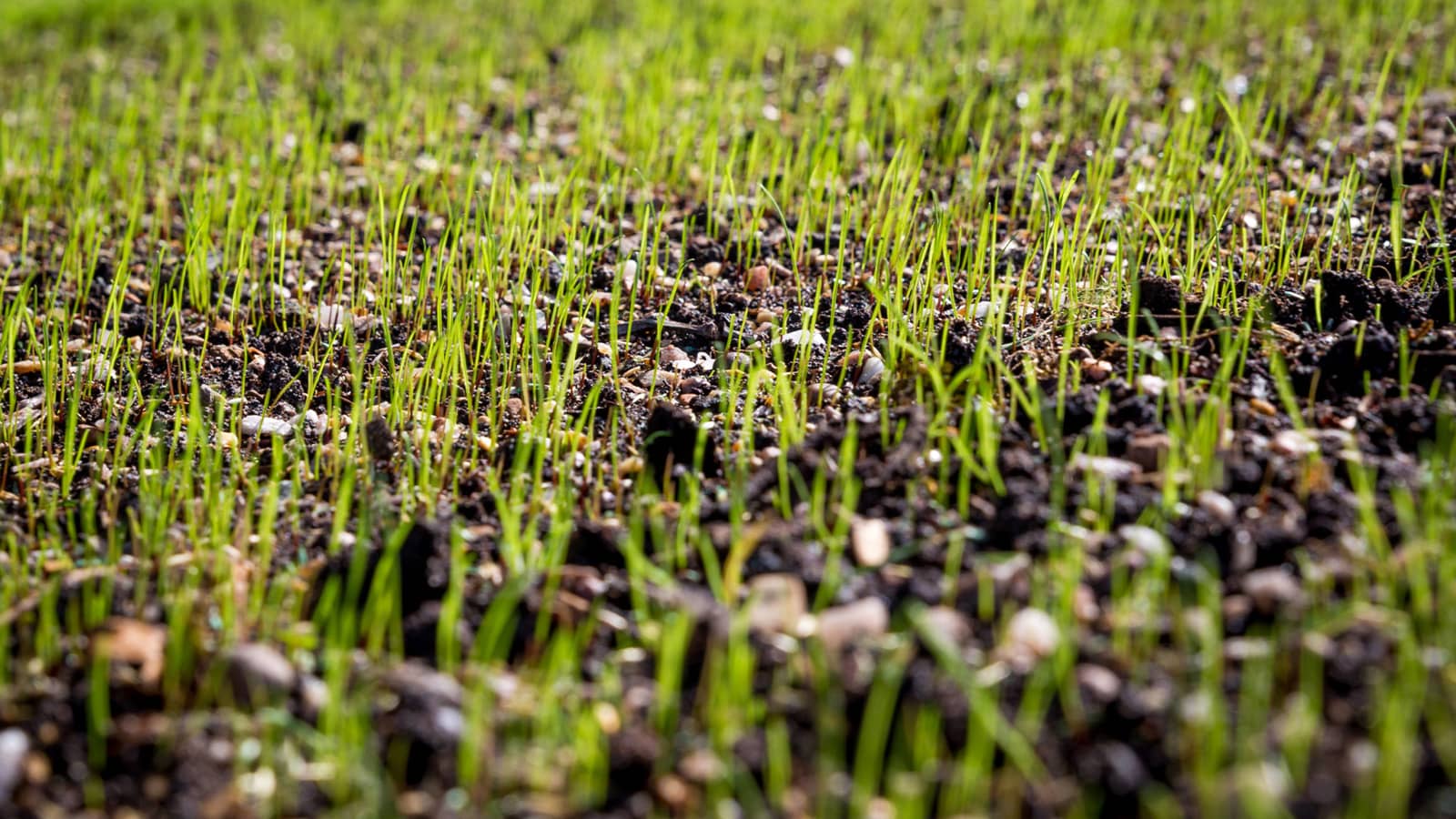
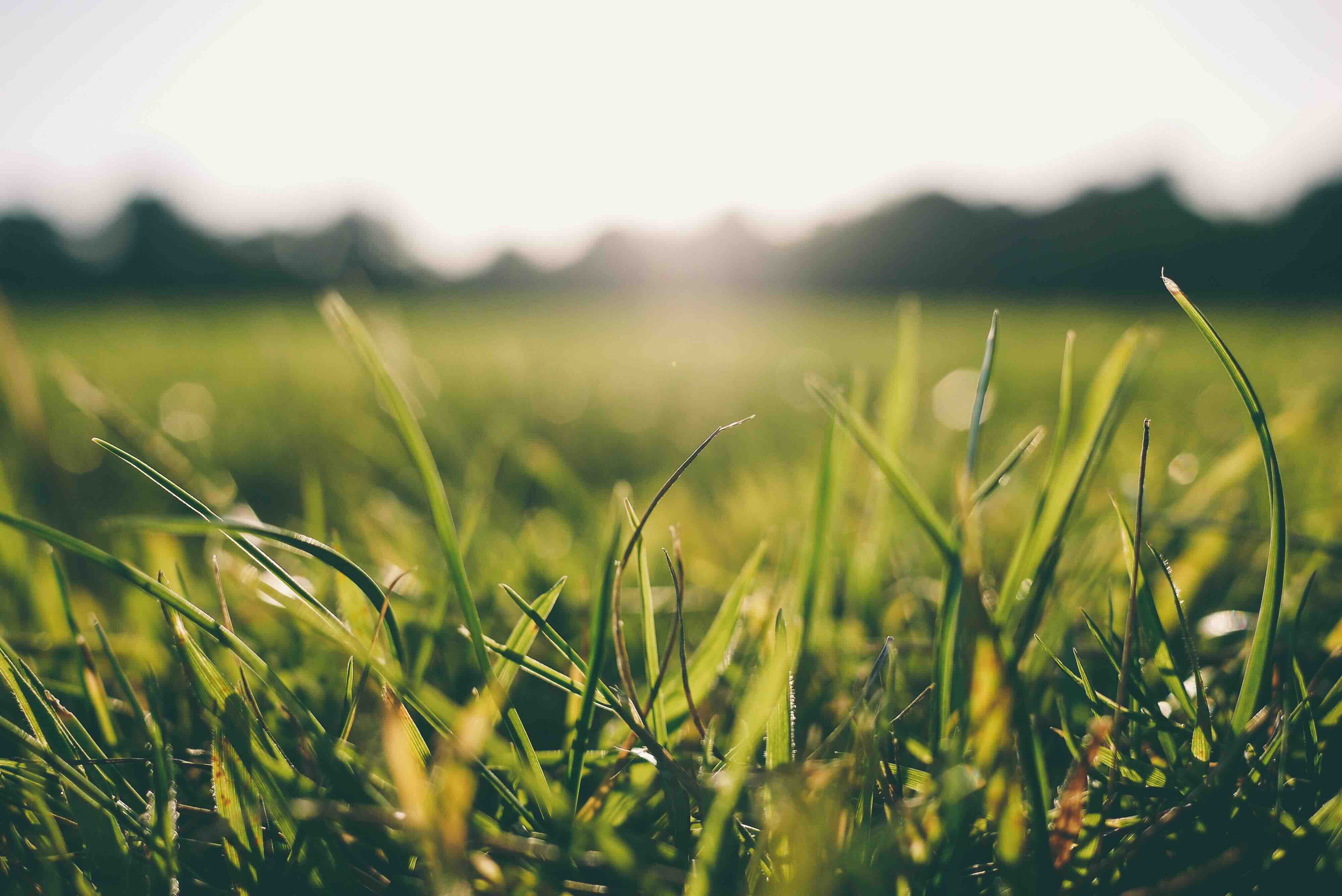
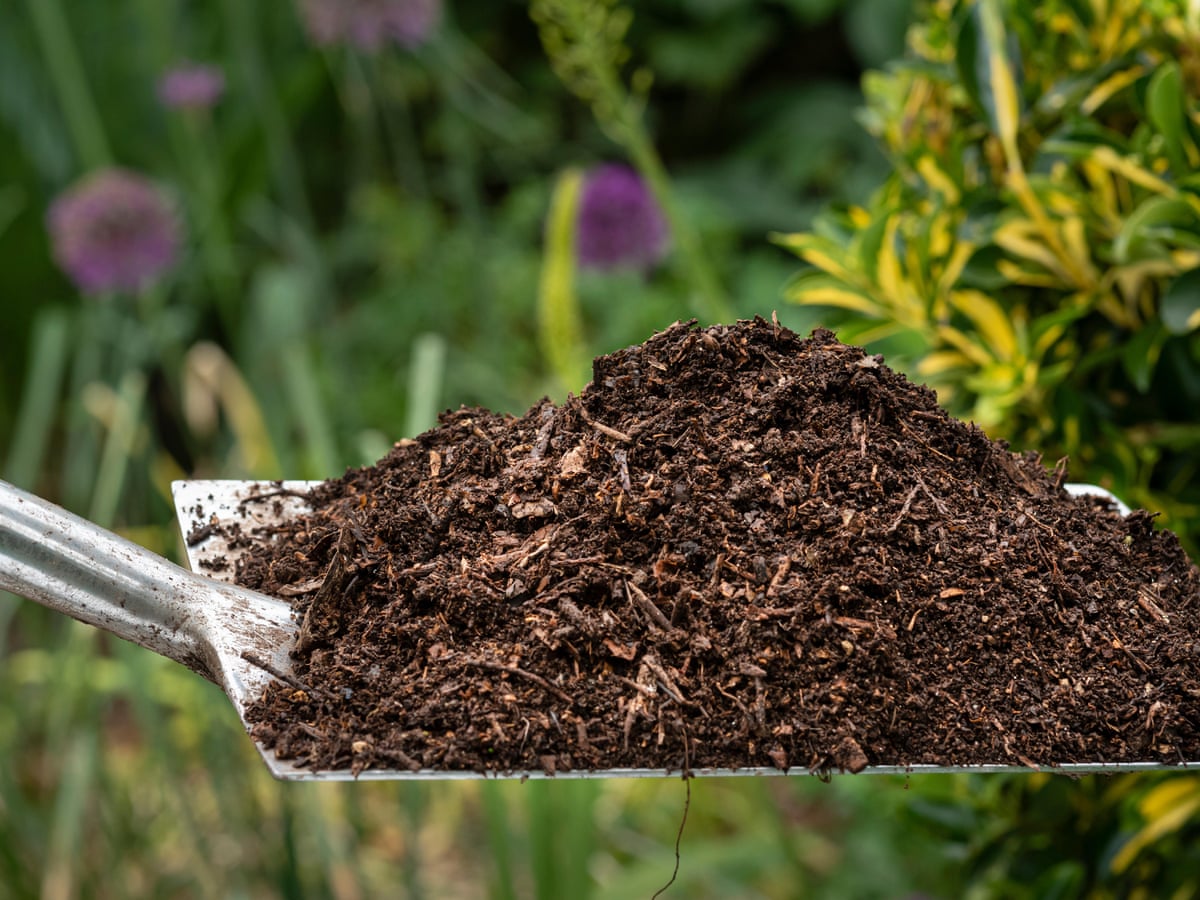


0 thoughts on “What Temperature Does Cool Turf Grass Grow Best”